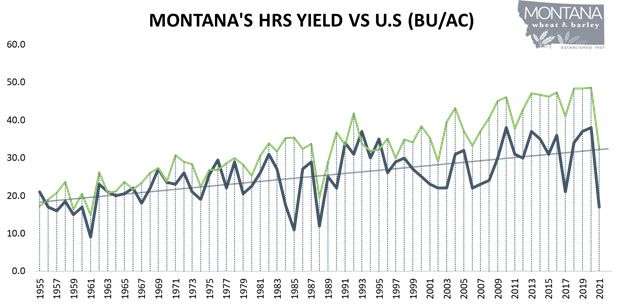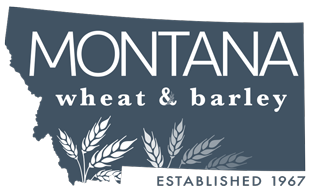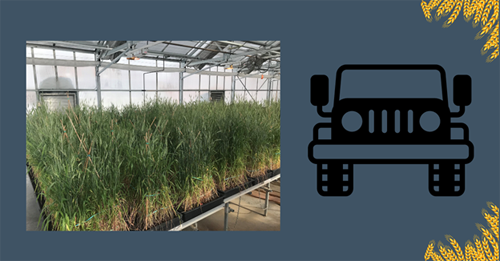Your checkoff at work
Over the last two years, the Treasure State has seen about every crop stressor imaginable pushing the limits of Montana varieties. With that said, how do these varieties continue to produce a usable product? At the Montana State University (MSU) Post Farm research facility, Dr. Jason Cook explained that for the last 60 years, MSU has been breeding for traits that help overcome any obstacle thrown their way. “Montana Varieties are like 4WD Jeeps on a mountain road, while other states tout NASCAR like traits and hit the ground at 200MPH,” said Dr. Cook.
Hail, snow, extreme drought, sandy soils, rocky soils, sawfly, winter kill, high winds and harvest rains are just some of the challenges that producer’s face each and every year. Montana consistently produces a highly desirable premium product that is desired by quality conscious consumers. Other wheat growing regions certainly face challenges, but milder winters, irrigation, higher average rainfall, and different soil types offer the 98-octane turbo charged climate that is needed to produce 10+ BU/AC higher averages.


The 2022 growing season has no doubt been another tough production year. However, areas where the wheat crop has able to get a stand, Montana varieties shed tillers and focused their energy on the main head. Although we may see lower-than-average production, very functional premium blending flour is to be expected.
In conclusion, comparing Montana Varieties to other states is like comparing apples to oranges or a Jeep to a NASCAR. Hearing this description was a refreshing reminder that Montana has always been a unique Ag State and we’ve got the tools to fix just about anything that’s thrown our way.

